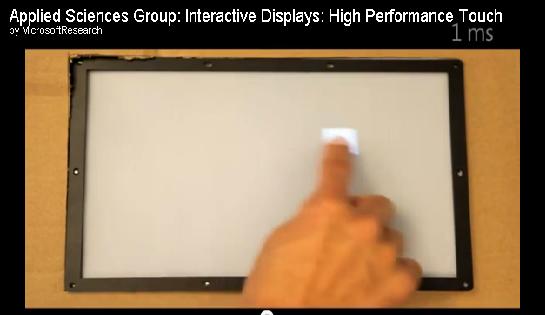Microsoft Touchscreen With A Remarkable Latency

The current screens for tablets and smartphones suffer from a latency average of approximately 100 milliseconds. Although it may be a time seemingly minor, actually use the screen it may involve significant delays that make it much less engaging and effective experience input. The screen, in fact, responds to stimuli, and delayed the eye can see it with extreme discomfort.
With a video Microsoft shows what occurred in their own laboratories, which is important as this is a time of latency. The images clarify what could change the situation if it passed from 100 to 50 and then from 50 to 10 milliseconds (” High-Performance Touch “). Entrainment and click become instantaneous, thus making the idea of touch much more realistic.
It would benefit especially the interaction with the nib, since the reactivity of the surface would become an element of strength for example in the manual writing on the screen.
Shortlink:

Recent Comments